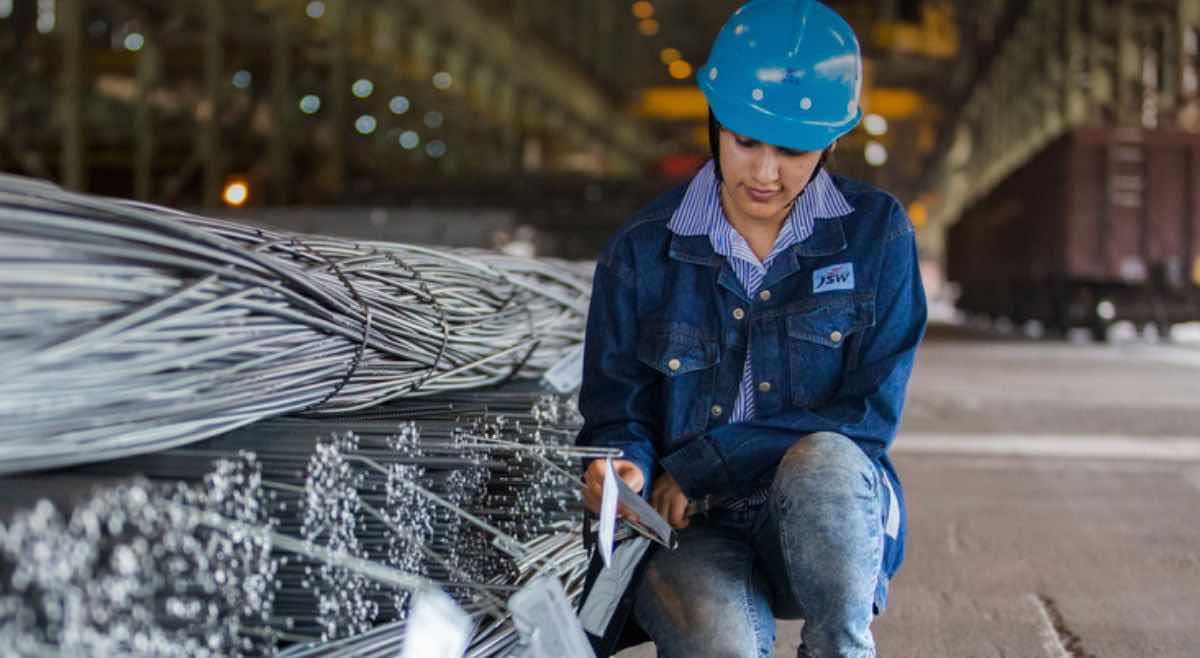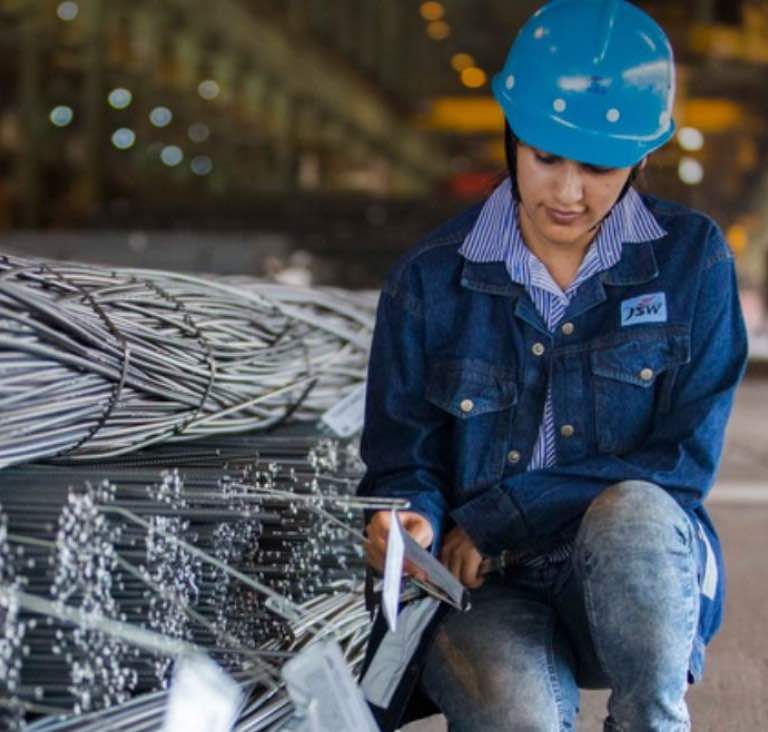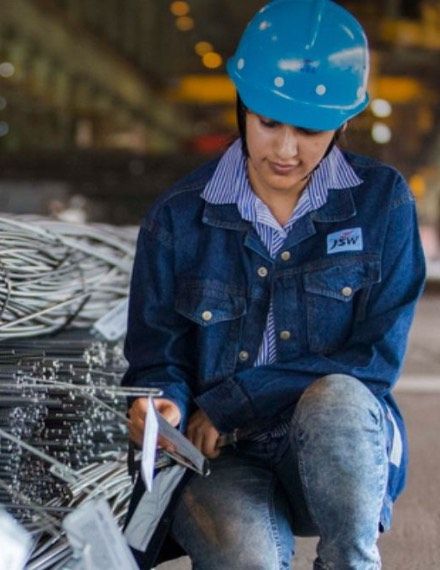Construction: The Industry is a Backbone of Steel
According to the World Steel Association, the construction industry accounts for more than 50% of world steel demand. What makes steel so indispensable to construction? Read on to discover the various ways steel is transforming the world of construction, both commercial and residential.
Steel was first used for construction when the skyscrapers of Chicago, USA, came up at the close of the nineteenth century. Since then, the use of steel in construction has only increased. Today, designers, developers, and architects all over the world highlight steel’s crucial in construction, no matter how ambitious or unconventional. While at one time, brick and mortar was the obvious choice, now it is nearly impossible to think of erecting a building without rebar and structural steel. Let us look at the benefits of using steel in construction.
Efficiency
Besides its unparalleled strength, steel is a highly efficient construction material. Weather-resistant and light-weight, it can be used to build structures quickly and in all seasons. Additionally, steel components can be pre-fabricated, reducing labour requirement and construction time by around 20-40%*. Also, buildings made of steel can extend over wide, open spaces without any supporting structures or columns. This makes steel an essential part of large public and government offices.
Durability
Steel remains unscathed by several adverse factors that are usually devastating for other materials such as wood and concrete. With steel, a building’s frame is automatically protected from termites, mould and salinity. What is more, steel is also resistant to fire, unlike wood, and earthquake-proof, unlike concrete. These aspects make steel the preferred choice in both residential and commercial projects in coastal and earthquake-prone regions.
Eco-friendliness
Steel is well-known as a ‘green’ material, highlighting its inherent eco-friendly properties. With an increasing emphasis on ‘green’ buildings, steel is emerging as the most efficient renewable resource. It can also be easily combined with other eco-friendly substances to create truly eco-friendly buildings.
Reinforcement steel or rebar steel is the most common form of steel used in construction, making up 44% of the types used. It is typically used as a tensioning appliance to strengthen concrete and other masonry structures. This is an excellent choice for making establishments structurally sound as it includes ridges that firmly ‘grip’ on to the concrete. Steel sheet products are the second-most used type, making up 31%. The remaining 25% is structural steel. It is mainly used in smaller applications that are critical to the overall design of a project and various shapes, e.g., I-Beam, HSS shape, L shape, C-beam, T shaped, bar, rod and plate.




